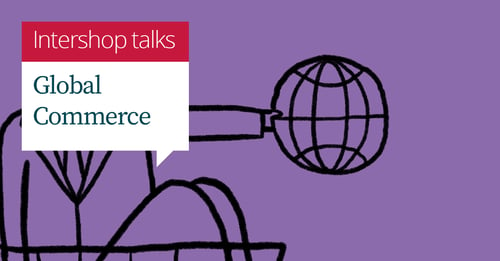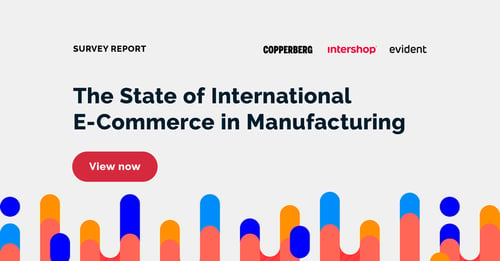How to maintain digital commerce efficiency in international e-commerce
Businesses should always plan for growth. In short, you should think about scalability very early on when building a strategy and roadmap for B2B e-commerce. A business or technical process that is only marginally inefficient in a few online shops will become unmanageable when they multiply across the globe. The key is to eliminate inefficiencies and barriers to scale as early as possible.
The following are the minimum features needed to scale internationally with an e-commerce solution. It is also preferable that these are available out-of-the-box.
- The ability to support various currencies, languages, taxes and provide local shipping options
- The ability to connect with a variety of different back-end systems
- The ability to manage product catalogs centrally and locally (huge plus if the catalog can be shared to local distributors)
- The ability to store and display regional product attributes
- The ability to assign roles with different permissions for users in the same organization
- The ability to provide user-specific content and promotions
International e-commerce needs to adapt to local market dynamics
Survey each market to understand the local culture, market conditions, relevant business models, your market position, customer base, business partners, supply chain, competition, and more. Demand for your products and services may differ in each market.
This is partly due to the level of awareness of your brand, and partly to the size and maturity of your partner network and country sales organization. So, before you launch in a new country, create a localized marketing plan and determine which strategies will work best to support future growth.








